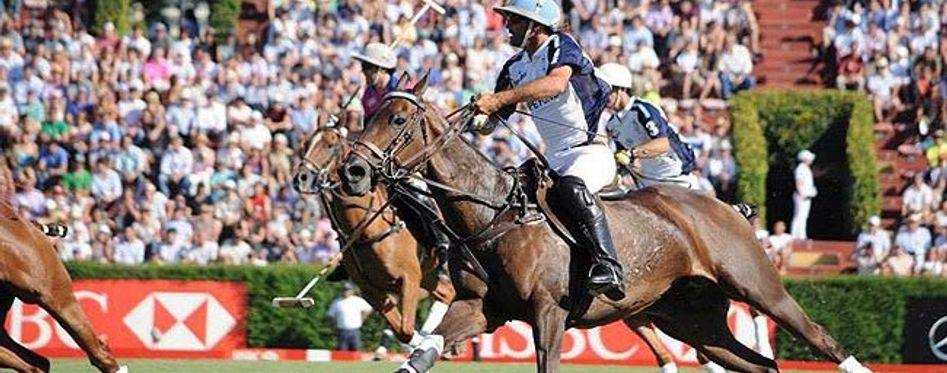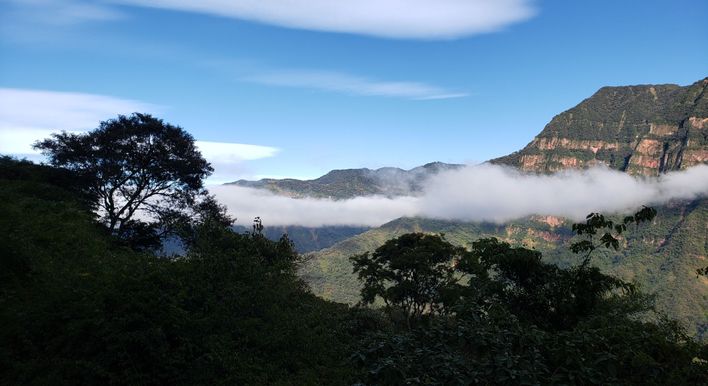My only experience of polo was as a young journalist when I was sent to cover Prince Charles in the first flush of his marriage troubles with Diana, and the press pack was chasing him around the country.
A tour we think you'll love
It was at Cowdray Park in Sussex in the early 90s, and famous for Charles falling off his horse, which was on all the front pages the following day.
Even then, though, I remember the best riders, clearly operating at a different level from the locals like our present King, were from a country called Argentina.
As I know so little about polo, I’ve invited Celia Alfie from the award-winning tour operator Argentina Polo Day to pen us a guest blog explaining a bit more about the game.
Apart from offering the chance to watch matches, Argentina Polo Day also offers lessons for a day or half-day which end up in a real polo game. And the night-time experiences look amazing….
When you’re planning a tour of Argentina and thinking of things to do in Buenos Aires, on another part of our blog you’ll find our recommended private tour guide to BA, Soledad von Klitzing, an expert on all things tango.
Another highlight of Argentina not to be missed is a polo match. Celia tells me La Dolfina and Ellerstina are widely considered the best teams. You’ll pay more to watch a game between these two giants, but you’ll also get a more thrilling experience.
Unlike our most popular world sports, like football, rugby or cricket, you don’t need to know all the rules to enjoy a polo game. I can testify to that, as I had no idea of who was winning as the horses thundered past the press pen.
Polo isn’t just a game, it’s more of a lifestyle: and a great way to brush up your Spanish and soak up a slice of Argentine culture if you’re on a tour of South America.
Now over to Celia to tell us more about polo (I like the handicap idea: perhaps they could apply that to football?):
There are multiple variations when it comes to playing polo. The most traditional one is horse-ridden polo that’s played on grass. The field is 274 meters in length and 183 meters in width.
Another more recent and popular version is arena polo. In arena polo, the court is much smaller (92 meters long by 46 meters wide) and because of this, the game is much faster and dynamic.
The rules of polo are written and used to provide safety of both polo players and horses. The main responsibility of the referee is to control and guarantee the right to pass and the “line of the ball”. In polo, there are two mounted umpires and a referee that stays on the sidelines; this referee is the one in charge of final decision.
A polo match is broken down into periods called chukkas. Each chukka is 7½ minutes long (a bell is rung at 7 minutes and again at 7½ minutes). A polo match is normally between four and eight chukkas.
Two teams compete in a match. In grass polo, each team has 4 players with a different area of responsibility. Number one is forward; number two and three, are in the centre of the field; and number four is defence. Meanwhile, in arena polo each team has only 3 players.
Before the match starts the polo player handicaps of each team are added up. If there is a weaker team, they are awarded goals at the start. The number of goals they get is calculated by the difference in each polo team handicap.
The object of the game is to score goals, and the team with the most goals at the end wins. After every goal the teams swap ends. These scores are made by hitting the ball with the mallet. The rules state that no player can use the mallet in his/her left hand.
The polo match starts with the two teams facing each other in the centre of the ground. One of the mounted umpires initiates a “throw in” by throwing the ball along the ground between the teams to start the chukka. After every goal the players meet back at the centre of the ground for a throw in.
Each player changes their horse after each chukka; a player will therefore ride at least four horses in a match.
The “imaginary line” that a player draws when hitting the ball cannot be crossed. A player is allowed to “ride off” another player to get priority over the ball. This is when two players ride alongside each other and try to barge each other to one side.
All in all, Polo is a very exhilarating and fun sport not only to watch but to play yourself!
Check out Argentina Polo Day on Instagram, Facebook and Twitter.







